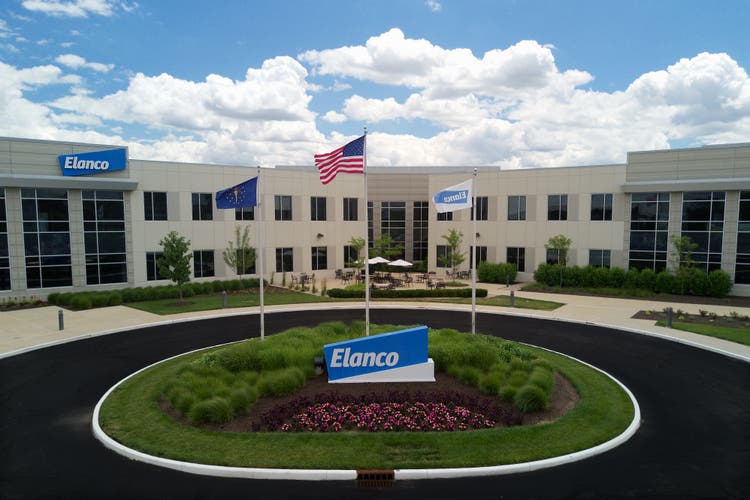Bill D. Potter, MBA, MS, PhD
Dr. Potter received his Ph.D. and M.S. degrees in poultry science from the University of Arkansas, and a B.S. in animal science with an MBA from Texas A&M. His areas of expertise include food safety, food quality and pathogen intervention technologies.
A proactive pre-harvest Salmonella management program is crucial in poultry production to safeguard public health and achieve USDA pathogen reduction objectives: Here are five key components:
- Preharvest Food Safety Team. Successful food safety programs require a team approach. Different Team Members have unique areas of expertise that collectively lead to continuous improvement. Veterinarians, Food Safety Managers, and Live Production Managers all contribute to preharvest food safety program decisions. A formal team approach helps in setting baselines, finding outliers, and making improvements.
- Written Plan. The Salmonella reduction program at preharvest begins with a written plan. Experienced Food Safety professionals are very valuable in applying their skills to help the team write such plans, and formalize preharvest Salmonella reduction programs. Written plans should include key elements such as purpose, scope, monitoring, recordkeeping, and revisions history.
- Monitoring. A common question is: where should pre-harvest Salmonella samples be taken? Monitoring is valuable at breeder farms, hatcheries, broiler farms, and processing plants. Internal bird tissues, such as ceca, liver, and spleen can be great indicators for some pre-harvest interventions. These can be collected on euthanized birds at the farm or plant. The dilemma with these, when taken at the farm, is that they are destructive samples. Non-invasive samples can also be taken, such as environmental boot socks, cloaca swabs, and hatchery chick trays. Processing plants are a great place to monitor incoming pathogen loads by farm, incorporating these samples into ongoing bio-mapping that occurs at most poultry plants already. This can be done with feathers included, from euthanized birds out of transport coops, or carcasses prior to the scalder. Another option is to sample hot carcasses after defeathering.
- Lab Testing. A common question is: should preharvest testing include Salmonella prevalence, quantitative load, or serovars? It depends on the objective, but measuring all three can help determine the best intervention strategies. Newer lab technologies, such as quantitative PCR are now making it easier to get both Salmonella presence and quantitative load. Rapid serotyping is also now available with a variety of methods, such as next generation sequencing.
- Interventions. Preharvest Salmonella reduction requires multiple interventions. Here’s just a few:
Vaccines: Comprehensive vaccination using live and inactive vaccines has been shown successful in Salmonella reduction. Industry and government officials in various countries have emphasized the importance of considering vaccines in poultry to reduce the risk of foodborne Salmonella illnesses.
Pest Management: Darkling beetle control cannot be stressed enough. Some companies are beginning to understand more how the reduction of darkling beetles correlates with reduced pathogens at the farm and plant. And rodent management is critical; for example, serovars of Salmonella such as Infantis are proliferating in rodent populations.
Other Interventions: Some processors effectively use water treatments, probiotics, litter amendments, windrowing, and other interventions to reduce pathogens. In practical terms, it takes a comprehensive program with a combination of interventions to reduce Salmonella risks.
Taken together, a team approach with a written plan, proactive lab sampling, and holistic interventions can lead to meaningful reductions of Salmonella at preharvest.
Tags
Salmonella
Food Safety

